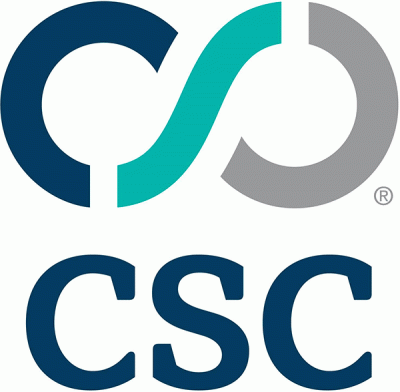


|
||
|
||
The year 2020 saw a marked increase in fraudulent domain registrations, phishing attacks, hacks and hijacking attempts, as well as the sale of counterfeit goods. Companies must protect themselves from revenue and reputation losses, as well as the risks of data breaches—and not just react to the new face of commerce.
Because of the COVID-19 worldwide pandemic, online transactions have accelerated. This rise in use has not gone unnoticed by fraudsters, who are capitalizing on the world’s increased reliance on the internet. Cyber criminals have used the opportunity to interrupt transactions and create havoc.
Any fraudulent activity poses significant risks for a brand, such as data loss and breaches, account compromises, and ransomware and malware infections, among other things—and the consequences can be costly.
Despite this, solid digital housekeeping will better equip organizations to deal with the unfortunate downsides that come with swift online progression and changes in consumer behavior. Keeping brands and customers safe can be achieved by simple measures.
Read the full article by CSC’s Elliott Champion to find out exactly how cyber criminals are targeting brands and consumers during this unusual time—and what can be done to protect brands from all of it.
Read “Internet Threats Go Viral – Companies Must React to Keep Brands Secure”
This article first appeared in ‘Anti-counterfeiting and Online Brand Enforcement: A Global Guide 2021’, a supplement to ‘World Trademark Review’, published by Law Business Research—IP Division. To view the full guide, visit WorldTrademarkReview.com.
Sponsored byIPv4.Global

Sponsored byVerisign

Sponsored byDNIB.com

Sponsored byWhoisXML API

Sponsored byVerisign

Sponsored byCSC

Sponsored byRadix
